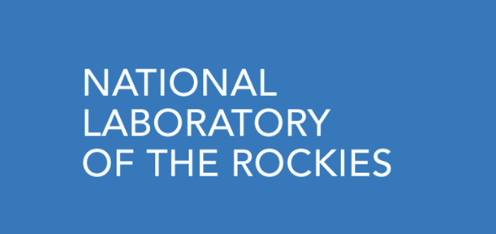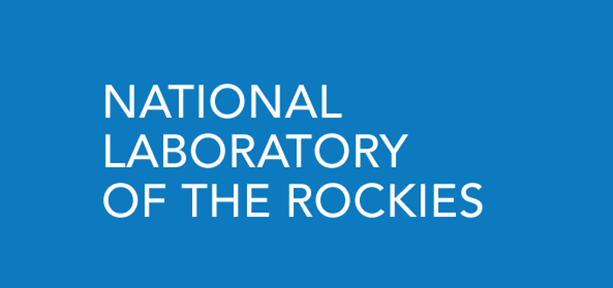Competition for the Use of Biomass (CUB)

Abstract:
As part of our suite of tools for understanding the role of biomass in America’s future bioeconomy, we have engaged in the development of a model that focuses on the dynamics surrounding the allocation of biomass feedstocks among competitive uses. This work-in-process model, called the Competition among Uses of Biomass (CUB) model, seeks to provide the connective structure necessary to allocate multiple sources of biomass feedstocks among multiple industries in the bioeconomy. The small model footprint enables quick-turnaround analysis, and allows the CUB to serve as an agile complement to larger models of the bioeconomy supply chain.
Model/Tool Platform:
STELLA
General Modeling Type:
Hybrid / other: Dynamic Market/Supply Chain Transitions (with feedbacks)
Primary analytical purpose:
Cross-sector analysis:
Integrative scenario assessment of the interactions across parts of the supply chain or multiple market sectors.
Secondary analytical purpose:
Transitions:
Integrative scenario assessment of how supply chains or full market sectors transition overtime.
Metric categories:
- Environmental:
- Environmental Productivity (feedstock-related, e.g., NPP or yield)
- Socio-economic:
- Techno-economic Impact
- Trade
- Other Socio-economic (e.g., GDP impact, Investment/NPV)
Geospatial resolution:
State
Temporal resolution:
Years
Laboratory:
NLR - National Laboratory of the Rockies
Principal investigator:
Emily Newes
Model start year:
2010
Model last updated:
2014
Development status:
In Development
Level of validation/review:
Internal QA/QC or Peer Review
Links:
Model scope:
Biomass Supply
Feedstock Logistics
Conversion
Distribution
End Use
- Feedstock Types
- Starch
- Sugar Crops
- Oil Crops
- Fiber Crops
- Cover Crops and Hay
- Agricultural Residues
- Herbaceous Energy Crops
- Forest Residues
- Forest Resources
- Woody Energy Crops
- Solid Wastes (e.g., MSW, C&D, yard trimmings)
- Algae
- Wet Wastes (e.g., wastewater sludge, animal manure, food waste)
- Fats, Oils, and Greases
- Landfill Gas
- Other Feedstock (not listed)
- Conversion Technology
- Starch to Sugars
- Lignocellulosic Biomass to Sugars
- Lignocellulosic Biomass to Gaseous Intermediate
- Lignocellulosic Biomass to Biocrude Intermediate (TC)
- Waste to Biocrude Intermediates (HTL)
- Waste to Gaseous Intermediate
- Biomass-Based Oil Extraction
- Syngas Catalytic Upgrading
- Sugar Catalytic Upgrading
- Oil Catalytic Upgrading
- Sugar Biological Upgrading
- Syngas Biological Upgrading
- Alcohol Catalytic (e.g., ethanol or isobutanol to jet)
- Products/Process Outputs
- Transportation Fuels - Biodiesel
- Transportation Fuels - Ethanol
- Transportation Fuels - Renewable Diesel
- Transportation Fuels - Renewable Gasoline
- Transportation Fuels - Renewable Jet
- Biopower
- Bioproducts
- Other Process Output
1
2
3
4
Analytical Purpose
Supply Chain Elements
Biomass Supply
Feedstock Logistics
Conversion
Distribution
End Use
Information last updated: Sep. 17, 2019 13:45:46 EDT
